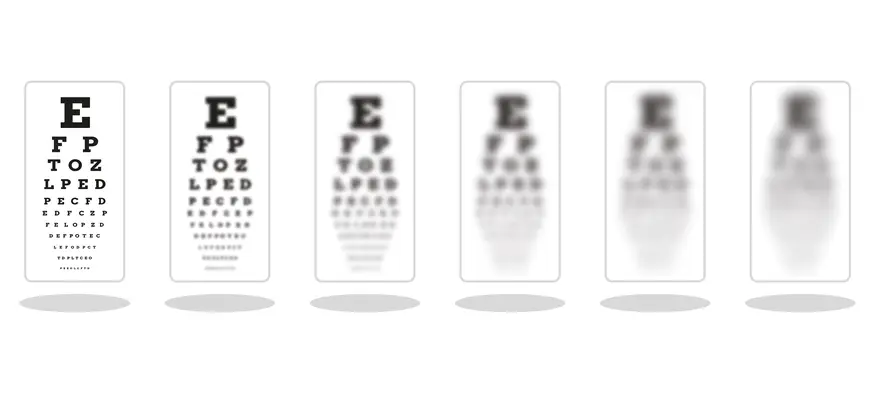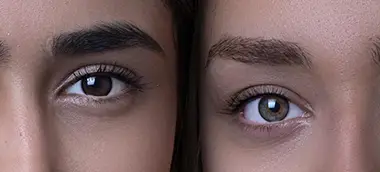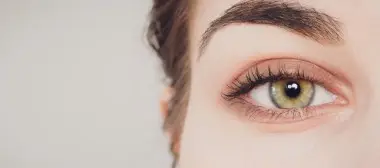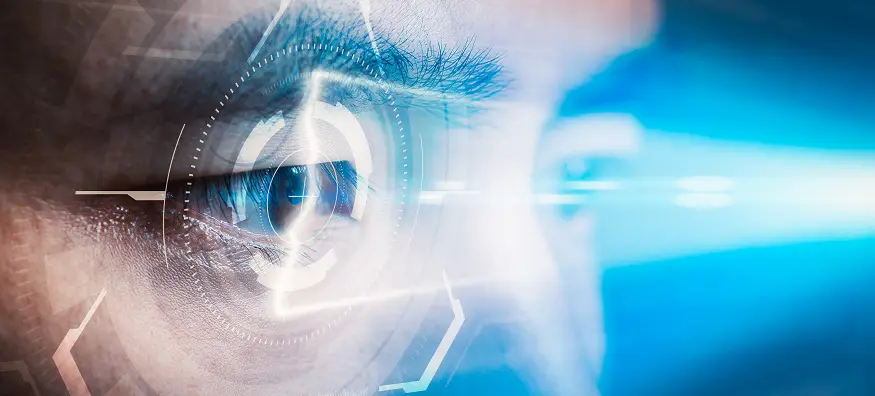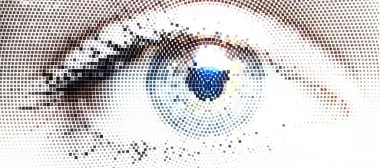How eye colour develops
Did you know that the eye colour develops during the first six months of a baby's life? Eye colour is usually fully developed by the time a baby is one year old.
Let’s start with the basics:
- A person’s eye colour is the result of pigmentation within the iris.
- The coloured part of the eye is known as the iris and contains a combination of pigments in the layer known as the stroma.
- The combination of pigments, the way in which they are dispersed and how the stroma absorbs them determines the colour of the eye.
There are three pigments in the stroma:
- Melanin is a yellow/brown pigment that also determines skin tone.
- Pheomelanin is a red/orange pigment and is responsible for red hair and is predominant in green and hazel eyes.
- Eumelanin is a black/brown pigment that exists in large quantities in dark eyes. This pigment determines hue saturation.
While children can be born with completely different eye colours to their parents, a child will likely have brown eyes if both parents have brown eyes as this is a dominant eye colour.
Did you know?
Some children are born with heterochromia, a condition where the irises differ in colour. This can be caused by a range of factors, including trauma in the womb or shortly after birth, inflammation and Horner’s syndrome.
Is eye colour determined by genetics?
Different variations of genes are responsible for determining eye colour. This includes production and distribution of melanin, pheomelanin and eumelanin. Two main genes involved in producing proteins and influencing eye colour are OCA2 and HERC2.
Light coloured eyes
OCA2 produces the protein responsible for more melanin production. However, the HERC2 gene can turn the protein production of the OCA2 gene on and off. If there is a genetic variation in the HERC2 gene, the amount of melanin produced can be reduced, which can lead to lighter eyes.
Did you know?
- Brown eyes have more melanin than green or hazel eyes.
- Blue eyes have very little pigment and no melanin, resulting in very pale blue eyes. When someone has no melanin, this is known as oculocutaneous albinism.
While eye colour is determined by genes and is passed down through generations, genetic variations can sometimes cause surprising eye colours.
Can a baby’s eye colour be predicted?
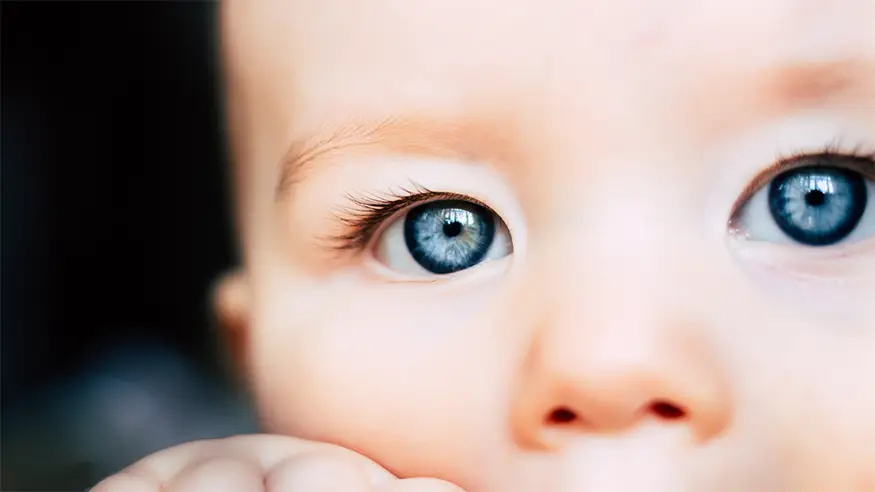
It is possible to make fairly accurate predictions about what colour a baby’s eyes will be. While the likelihood of certain eye colours increases based on your parent's eye colour, predictions are never entirely certain. For example, if a baby has blue-eyed parents, it's more than likely that they will have blue eyes.
The below table works as a baby eye colour calculator.
| Parent 1 | Parent 2 | Blue | Green | Brown |
|---|---|---|---|---|
| Blue | Blue | 99% | 1% | <1% |
| Green | 50% | 50% | <1% | |
| Brown | 50% | <1% | 50% | |
| Green | Green | 25% | 75% | <1% |
| Brown | 12% | 38% | 50% | |
| Brown | Brown | 19% | 7% | 75% |
Source: verywellhealth.com
Please note that, the above table is not accurate. The eye colour can vary depending on the genes passed.
Did you know?
Newborn babies' eyes usually correlate to their skin tone. Caucasian babies are often born with blue or green eyes, while black, Hispanic and Asian babies typically have brown or black eyes.
Can eye colour change?
Eye colour rarely changes after the first few years of life. Nevertheless, there are many factors that can influence eye colour and whether it changes due to a different pigment.
1. Increased sun exposure
Exposure to sunlight causes more melanin production in our bodies, and this can cause our eye colour to change slightly if our eyes are exposed to more sunlight. As a result, they may appear a shade darker than our current eye colour.
Natural sunlight can also reveal colours that already exist in your eyes as it is brighter than artificial light.
2. Changes in pupil size
- When pupils dilate, their size can also change eye colour. For example, when a pupil dilates, the iris is less
















